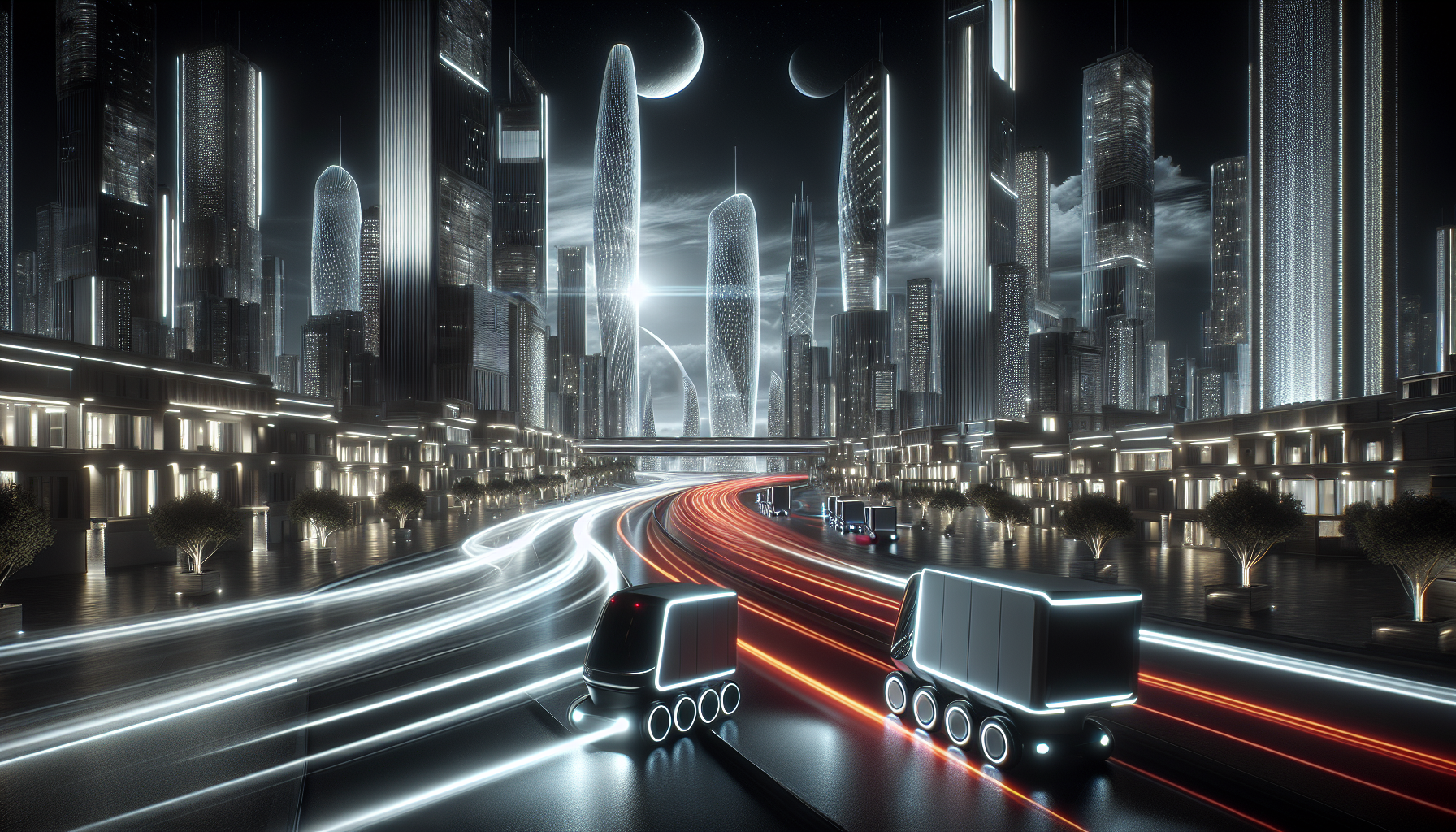The $1.50 Delivery Revolution
What if your next food delivery cost less, arrived faster, and didn't involve a car at all? That's not a hypothetical-it's happening right now on the sidewalks of Los Angeles and Chicago. Starship Technologies, the company behind those small, six-wheeled delivery robots, has just expanded its operations in the U.S., and the implications are massive.
In partnership with DoorDash and robotics firm Coco, Starship is rolling out a new wave of autonomous delivery robots as part of a multimodal strategy that blends human couriers, drones, and robots. The goal? Faster, cheaper, and greener last-mile delivery. And early results are promising: delivery times are down 30%, and the average cost per delivery has dropped to just $1.50-less than half the cost of a human courier.
From Helsinki to Hollywood
Starship's robots aren't new to the game. In Helsinki, they've already completed over 100,000 deliveries through Wolt, DoorDash's international brand. But the U.S. expansion marks a turning point. These robots are no longer a novelty-they're becoming infrastructure.
Each robot is equipped with a 360-degree sensor suite, advanced computer vision, and AI navigation. They can carry up to 20 pounds, avoid obstacles, and operate in rain or shine. According to Starship, they complete 99.8% of deliveries without human intervention. That's not just impressive-it's transformative.
Multimodal Means More Than Just Robots
DoorDash's multimodal approach is key to making this work. Instead of replacing human couriers, the company is integrating robots into a broader delivery ecosystem. In dense urban areas, robots handle short-distance deliveries. In suburban zones, humans and drones fill the gaps. It's a flexible, scalable model that adapts to geography and demand.
This isn't just about efficiency. It's about sustainability. Starship's electric robots produce zero tailpipe emissions. A 2024 Urban Institute study found that robotic delivery could cut urban emissions by up to 10%. In cities grappling with traffic and pollution, that's a big deal.
Not Everyone's Cheering
Of course, not everyone is thrilled. Labor advocates worry about job displacement, especially for low-wage gig workers. Urban planners raise concerns about sidewalk congestion and pedestrian safety. These are valid points, and cities are responding cautiously.
Los Angeles updated its ordinances in 2024 to allow sidewalk robots, but capped their speed at 3.5 mph. Chicago launched a pilot program backed by a $1.2 million innovation grant to study the impact on accessibility and safety. The results of that study, expected mid-2025, could shape future policy nationwide.
Starship, for its part, argues that the robots are creating new jobs-in maintenance, fleet management, and operations. In Europe, the company says it's added over 200 such roles. Whether that offsets the potential loss of delivery jobs remains to be seen.
The Economics of Autonomy
Why is this happening now? Because the economics finally make sense. Human delivery costs range from $3 to $5 per trip. Robots can do it for $1.50. Multiply that by millions of deliveries, and the savings are enormous. For companies like DoorDash, it's not just a tech experiment-it's a business imperative.
And it's not just Starship. Amazon, FedEx, and Uber are all investing in autonomous delivery. The sector is maturing, and the race is on to dominate the last mile. But Starship's edge lies in its real-world experience and its ability to integrate seamlessly into existing delivery networks.
What's Next?
As more cities open their sidewalks to robots, the conversation will shift from "if" to "how." How do we balance innovation with inclusion? How do we design public spaces that work for both people and machines? How do we ensure that the benefits of automation are shared broadly?
Starship's expansion is more than a tech story-it's a glimpse into the future of urban life. A future where your lunch might arrive in under 20 minutes, carried by a robot that never gets stuck in traffic or needs a tip.
And maybe, just maybe, the sidewalk is the new superhighway.
